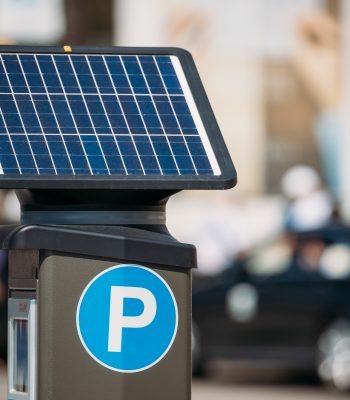Description
Central and local governments can provide financial incentives, such as green mortgages and tax exemptions, to developers or new building owners in order to encourage energy-efficient design and construction. This can be used in parallel to certification and labelling.
Financial incentives can be provided to encourage ‘able to pay’ households to retrofit their homes. Some of the measures that governments can deploy include supplier obligations, grants and tax incentives. Energy efficiency programmes can also be designed to leverage private capital, for example, through revolving loan funds or other financing structures, in order to enable and incentivise green renovation of residential and commercial buildings.
For instance, Frederikshavn in Denmark developed specific soft loans for the energy renovation of housing to meet its climate change targets.[1] A new product was created by the municipality in agreement with local banks, featuring a longer maturity period and lower interest rates, relative to typical market conditions. No funds are assigned to the financing schemes by the municipality. Rather, soft loans are provided by the partner banks that bear all the risk. The partner banks run a creditworthiness check of homeowners, decide who gets a loan and under which conditions. In other cases, public funds can be set up to provide favourable funding for energy renovation of private buildings through direct loans or through risk sharing facilities for private banks.

Resource implications and key requirements
Providing financial incentives will require budgetary commitments and may be administratively demanding for the local government. Significant technical capacity will also be required to identify how incentives should be configured and applied. Incentives can be targeted at lower income brackets of the population to address social equity concerns associated with energy poverty.

Potential private-sector participation
Local governments can work with commercial banks to provide financial incentives, thereby shifting the financial burden from the public to the private sector.
To allow fuel-poor homes with no or little tax burden to benefit from tax incentives, city authorities can introduce the “third-party ownership” mechanism, whereby private companies provide energy-efficient technologies to these households and retain ownership of the appliance and equipment. Hence, companies can use tax benefits and be more incentivised to engage homes in fuel poverty.

Implementation challenges and possible solutions
Fuel-poor homes, including low-income, single-parent households (often female-headed), may be excluded from access to capital for energy-efficient renovation. Although energy efficiency programmes often improve fuel-poor homes’ comfort and safety, these households are less likely to take advantage of a rebate or other financial incentives, as they are less likely to purchase the appliance and retrofit their homes. Governments can provide direct financial support, such as low-interest loans or grants to fuel-poor families. It is good practice to undertake a comprehensive cost and benefit analysis of retrofitting to zero carbon for all households that are in fuel poverty and to provide targeted funding to these homes. One of the first programmes to tackle energy poverty was the Warm Front programme in the United Kingdom; 2.3 million households received assistance from the scheme. Grants were on offer for improvements such as loft insulation, cavity wall insulation and heating system improvements.[3]
It is important to address market failures that prevent potentially cost-effective investments in buildings. One such problem is the split incentives between owners and tenants where property owners may be reluctant to invest in energy efficiency if the main beneficiary is a non-contributing tenant. The EURONET 50/50 MAX project is an example of how this challenge can be successfully addressed for public buildings.[4]
The success factors associated with energy efficiency measures include gaining and maintaining consumer trust, an effective communication and marketing strategy, training and qualification schemes to ensure that worker qualifications keep pace with the technical complexity of buildings and the targeting of trigger points, such as household renovations or sales.[5] The provision of financial incentives and favourable financing should only come after energy efficiency building codes have been enacted and adequate enforcement and compliance mechanisms are in place for building construction and retrofits.

References
[1] Energy Cities (2016), “Frederikshavn, Denmark: Mobilising savings sleeping on citizens bank accounts”, the European association of cities in energy transition, January 2016.
[2] National Assembly for Wales (2018), “Low Carbon Housing: the Challenge”, Climate Change, Environment and Rural Affairs Committee, August 2018.
[3] UK Parliament (2013), “Warm Front Scheme”, Commons Research Briefing SN06231, House of Commons Library, August 2013.
[4] EURONET 50/50 MAX (n.d.), EURONET 50/50 MAX website.
[5] Committee on Climate Change (2016), “Next Steps for UK Heat Policy”.








